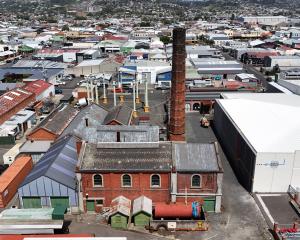
Otago Regional Council harbourmaster Steve Rushbrook said the joint project - with the Dunedin City Council and Port Otago - would benefit all three organisations.
One buoy had been positioned at Taiaroa Head for Port Otago to improve its understanding of swell conditions for vessels entering the harbour. Another was positioned off White Island, at St Clair, to provide data for the city council’s coastal plan work.
The final buoy was off Taieri Mouth for the regional council to provide swell and wave height conditions in the area of the Taieri Mouth Bar crossing, to inform decision-making about navigating the bar safely, Mr Rushbrook said.
"That information will be made publicly available for people to help them assess bar crossing conditions," he said.
Port Otago purchased two of the buoys and the city council had purchased the other, from Sofar Ocean, he said.
A city council spokesman said the buoys cost less than $10,000 each and were known as "one of the most cost-efficient wave buoys on the market".
The city council chose White Island to increase the accuracy of its wave data - including wave height, direction and duration - on the south coast of Dunedin.
The information it provided would be used with coastal modelling and beach surveys to help the council better understand the types of storm conditions that had the biggest impacts on the St Clair-St Kilda beach.
It would be used to improve the council’s long-term erosion forecasts and help prioritise options to manage the area.
"This data will provide a better understanding of the causes of erosion on our southern beaches and help validate coastal model predictions.
"The results will help us choose the best options for erosion mitigation as part of the St Clair-St Kilda coastal plan," the spokesman said.
The data could also be used to help improve surf forecasts and beach users' safety, including identifying the conditions in which rip currents formed, he said.












